World's smallest engine developed
Tue 03 May 2016, 13:47:26
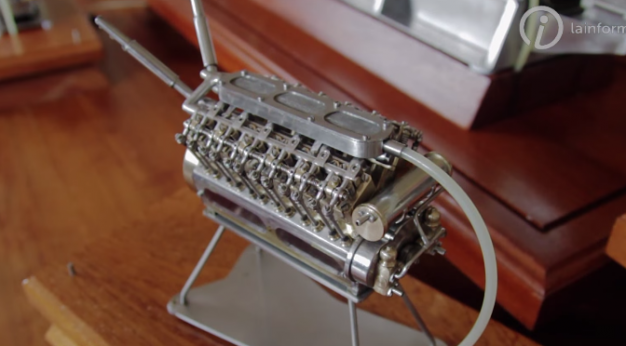
Scientists have developed the world's tiniest engine - just a few billionths of a metre in size - which is powered by light and may help develop nano-machines that can navigate in water, sense the environment around them, or even enter living cells to fight disease.
The prototype device is made of tiny charged particles of gold, bound together with temperature-responsive polymers in the form of a gel.
When the 'nano-engine' is heated to a certain temperature with a laser, it stores large amounts of elastic energy in a fraction of a second, as the polymer coatings expel all the water from the gel and collapse.
This has the effect of forcing the gold nanoparticles to bind together into tight clusters.
When the device is cooled, the polymers take on water and expand, and the gold nanoparticles are strongly and quickly pushed apart, like a spring.
"It's like an explosion. We have hundreds of gold balls flying apart in a millionth of a second when water molecules inflate the polymers around them," said Tao Ding from University of Cambridge in the UK.
"We know that light can heat up water to power steam engines. But now we can use light to power a piston engine at the nanoscale," said Ventsislav Valev, now based at the University of Bath.
Nano-machines have long been a dream of scientists and
public alike, but since ways to actually make them move have yet to be developed, they have remained in the realm of science fiction.
public alike, but since ways to actually make them move have yet to be developed, they have remained in the realm of science fiction.
The new method is simple, and can be extremely fast and exert large forces, researchers said. The forces exerted by these tiny devices are several orders of magnitude larger than those for any other previously produced device, with a force per unit weight nearly a hundred times better than any motor or muscle.
According to the researchers, the devices are also bio-compatible, cost-effective to manufacture, fast to respond, and energy efficient. Jeremy Baumberg from the University of Cambridge, who led the research, has named the devices 'ANTs', or actuating nano-transducers.
"Like real ants, they produce large forces for their weight. The challenge we now face is how to control that force for nano-machinery applications," Baumberg said.
The research suggests how to turn Van der Waals energy - the attraction between atoms and molecules - into elastic energy of polymers and release it very quickly.
"The smart part here is we make use of Van der Waals attraction of heavy metal particles to set the springs (polymers) and water molecules to release them, which is very reversible and reproducible," said Baumberg.
The research was published in the journal PNAS.
No Comments For This Post, Be first to write a Comment.
Most viewed from Specials
Most viewed from World
AIMIM News
Latest Urdu News
Most Viewed
May 26, 2020
Do you think Canada-India relations will improve under New PM Mark Carney?
Latest Videos View All
Like Us
Home
About Us
Advertise With Us
All Polls
Epaper Archives
Privacy Policy
Contact Us
Download Etemaad App
© 2025 Etemaad Daily News, All Rights Reserved.












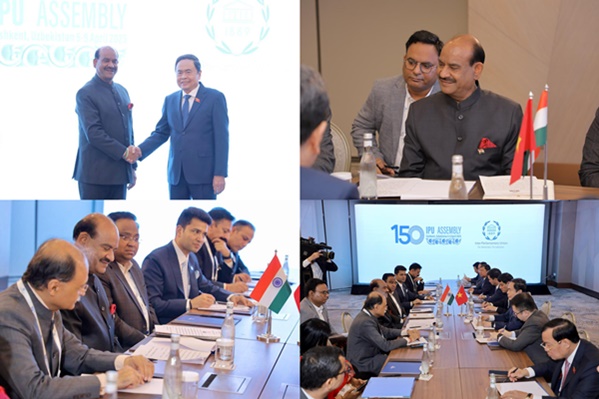
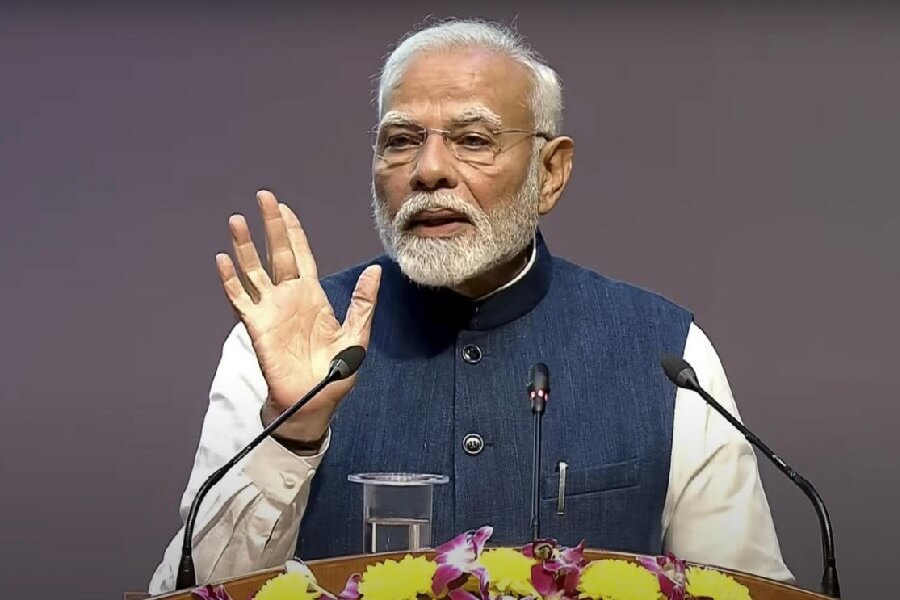
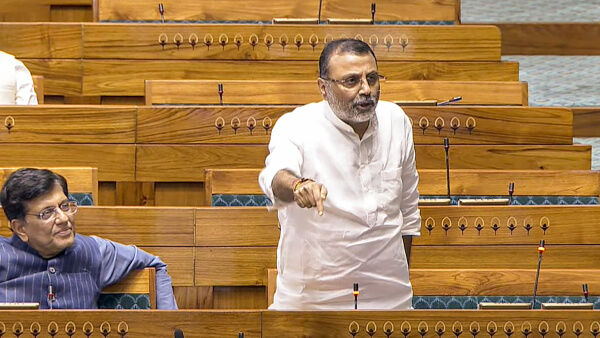



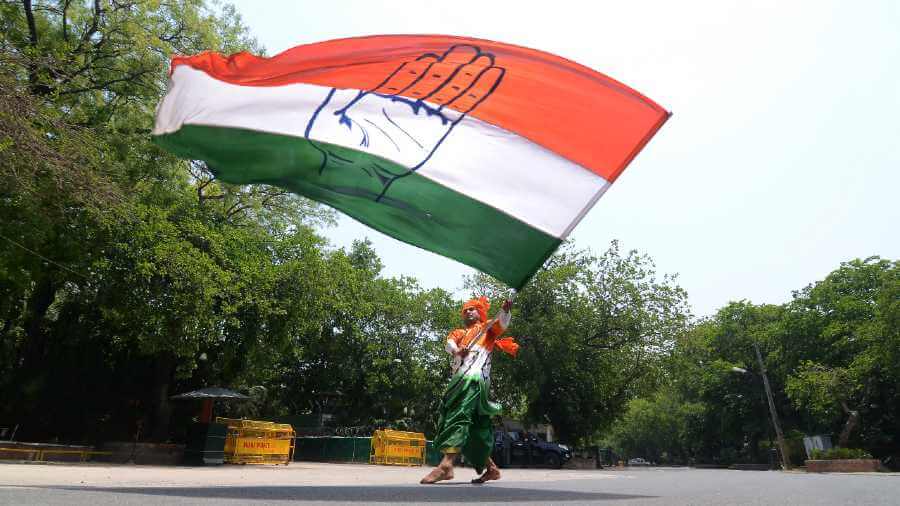



.jpg)
.jpg)
.jpg)

















